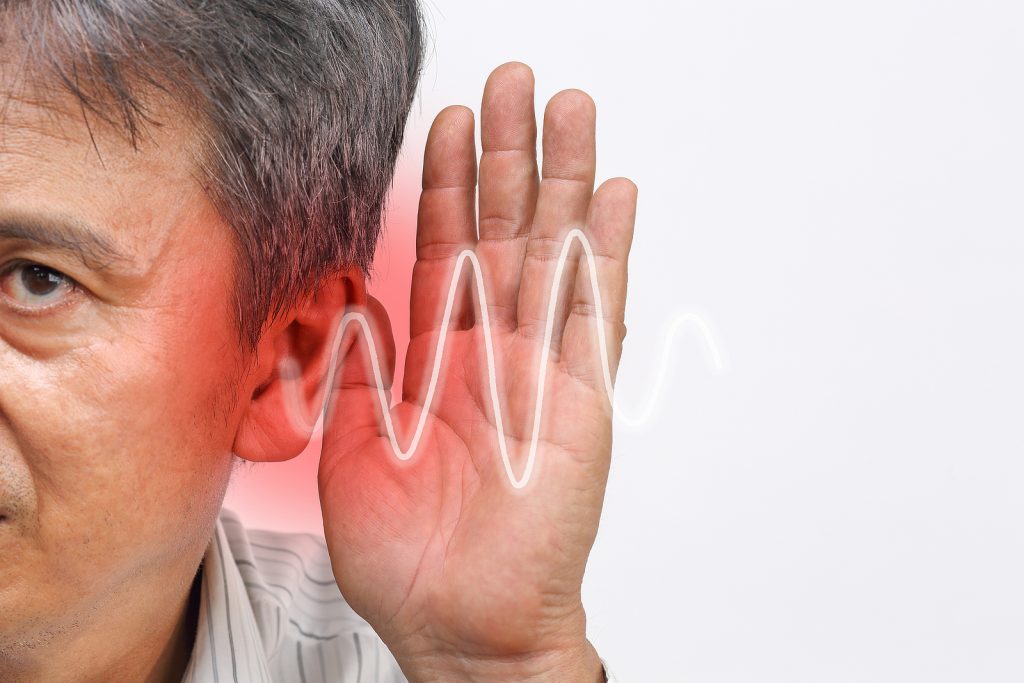What is Speech Audiometry?
Speech audiometry is a type of hearing test, also known as a speech test, used by audiologists to evaluate a person’s ability to hear speech. The individual listens to words at different volumes and repeats them back. This helps determine the softest speech sounds they can hear, aiding in the diagnosis and management of hearing loss.
When someone has trouble hearing, it can be hard for them to get what others are saying, especially when there’s a lot of background noise.
With speech audiometry, audiologists measure how much this impacts the understanding of spoken words and if there are any problems from ear to brain that could be causing difficulties. They look at whether patients can pick up on voices, tell apart different types of sounds in speech and remember what was said correctly.
The results indicate what kind of hearing loss somebody has and see if devices like hearing aids or other tools can help.
Defining Speech Audiometry and Its Importance
Speech audiometry uses speech stimuli to figure out a person’s ability to pick up on spoken words, distinguishing various speech sounds and remembering words correctly.
Why is this important?
Well, it provides insights into how hearing loss affects someone’s ability to grasp what others are saying. Through these tests, audiologists get the information they need to pinpoint exactly what kind of hearing problem a person has and its severity.
Key Objectives of Speech Audiometry in Audiology
The main goal of speech audiometry is to check how well an individual notices when someone is talking (speech detection) and how good they are at figuring out exactly what words are being said (speech intelligibility).
This is important because they measure a person’s ability to hear and make sense of speech rather than merely looking at their responses to beeps and tones, which is what happens in pure tone audiometry.
By using actual spoken words during tests, audiologists get a fuller picture of someone’s hearing skills. They can better decide on things like whether hearing aids might help or other ways to support them based on understanding their specific type of hearing loss .
Conducting Speech Audiometry
Speech audiometry involves the use a couple of key tests.
- Speech detection threshold (SDT) – the quietest level at which a person can just notice sounds half the time, is assessed
- Speech recognition threshold (SRT), the softest sound level at which someone can correctly repeat back half of what is said to them is measured
These checks might be done with a live voice or recordings of spoken words.
By doing these tests, audiologists get crucial information on an individual’s hearing abilities regarding detecting and making sense of speech.
Speech Detection Threshold (SDT) Testing
Speech detection threshold (SDT) tests help find out at what level someone can just start to hear words when they’re spoken 50% of the time. For this, spondee words are used, which are pretty simple: two-syllable words where you stress each syllable equally.
The process starts with these words being said loudly and then gets quieter and quieter until the person can barely hear them. The point where they first start hearing the speech is really important because it helps us understand how well they can detect sounds.
This lowest level is averaged out to set their threshold for hearing speech. We measure all this in decibels hearing level (dB HL).
Speech Recognition Threshold (SRT) Testing
To figure out the lowest level at which someone can hear and repeat half of what’s said to them, a test called speech recognition threshold (SRT) test is carried out.
It uses special two-part words that sound equally strong on both parts. We start loud and then get quieter until the person can just about manage to repeat these words back correctly.
The point where they can do this is what’s called their SRT, found by averaging out the quietest sounds they could handle.
Application of Speech-in-Noise (SIN) Testing
Speech-in-noise (SIN) testing plays a crucial role in the more advanced hearing tests.
SIN testing aims to figure out how well someone can make sense of what’s being said when there’s a lot of background noise.
In this test, both speech and noise are played at the same time but at different loudness levels. The person taking the test has to either repeat back or understand the words they hear without getting distracted by any background noise.
By looking into how much background noise a person can handle while still hearing speech, audiologists can determine how well that individual might manage in places where it’s noisy, also known as speech in noise.
Cross-Checking Audiometry Results with Other Tests
To make sure we get a clear picture of someone’s hearing health, it’s really important to look at audiometry results from different angles.
When we talk about understanding speech, speech audiometry is super helpful. However, for a comprehensive view of a patient’s hearing health, this information needs to be looked at alongside other tests like pure tone audiometry and tympanometry.
With pure tone audiometry, you can figure out how well someone hears various pitches or frequencies which helps in identifying the kind of hearing loss they have – either sensorineural (nerve-related) or conductive (related to the ear’s ability to conduct sound).
On top of that, tympanometry checks how flexible the eardrum is and gives clues about middle ear health.
By putting together information from these tests with what we learn from speech audiology results ,audiologists can better understand an individual’s hearing challenges and come up with a plan that fits just right.
Conclusion
Speech audiometry is an important tool for assessing an individual’s ability to perceive, differentiate, and understand spoken words under various conditions, including background noise.
The test results are crucial for diagnosing the type and severity of hearing loss. This diagnosis informs appropriate intervention strategies, such as hearing aids or cochlear implants.
Key components of speech audiometry include the Speech Detection Threshold (SDT) and the Speech Recognition Threshold (SRT). These measure the lowest volume at which speech is detected and understood, respectively.
By employing different word types, such as spondee and monosyllabic words, in both quiet and noisy environments, speech audiometry delivers a comprehensive evaluation of a person’s speech processing abilities, ultimately guiding their auditory rehabilitation journey.
If you or a loved one are experiencing hearing issues, go ahead and book an appointment here. Sound Hearing provides private audiology services in the London area.


